Stewart Ranch Services
Bowie, Texas
Dallas Road Building in Dallas TX
DESIGN YOUR DREAM
PROPERTY
LAND
ACREAGE
DEVELOPMENT SITE
POND
Dallas Road Building: The Process and Equipment Necessary for Construction in Texas
The evolution of road construction, spanning from mud and brick to state-of-the-art machinery, mirrors the progress of civilizations. Throughout history, roads have been the lifeblood connecting communities. Focusing on the contemporary landscape, we delve into the intricacies of Dallas road building, unraveling the techniques and essential equipment components crucial for successful projects in places like Dallas, TX. The utilization of materials like stone or mud bricks becomes paramount, emphasizing the commitment to sustainable practices in modern construction.
Key Takeaways
Table of Contents
The Evolution of Dallas Road Building
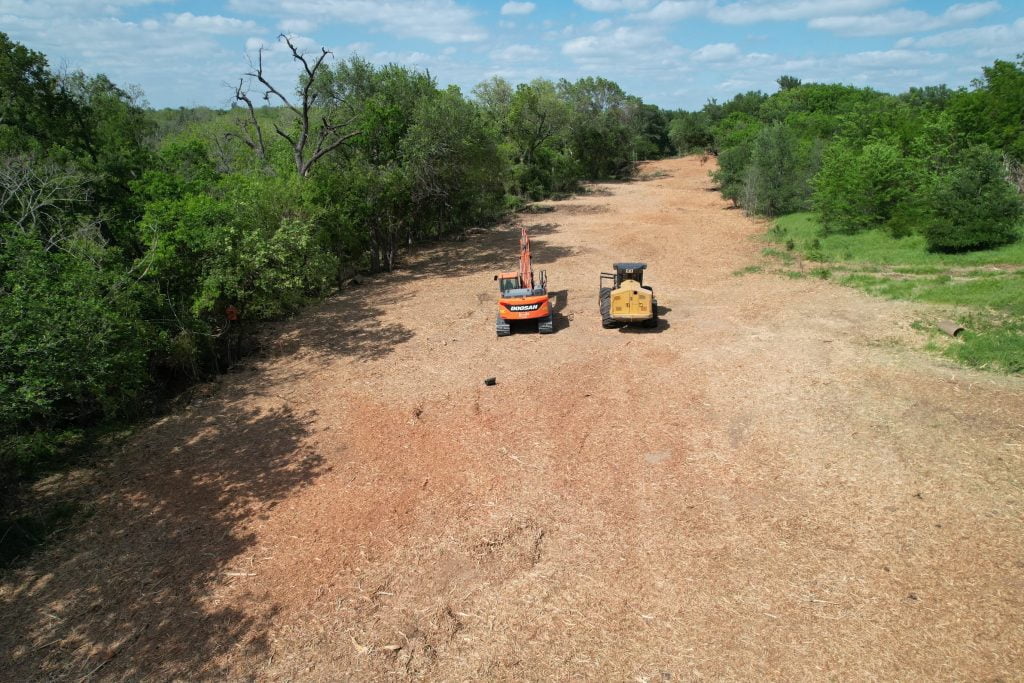
The development of road construction has been an essential part of human history, impacting the way society evolved and advanced. From rudimentary building materials to cutting-edge technology used today, there have been notable improvements in how roads are built.
Urban streets along with farm roads became important for commerce so new strategies as well as resources were implemented in order to meet demand for convenience. Now we’ll look into the progress from ancient marketplace avenues up until modern-day road building in Dallas, Texas.
Ancient Roads
Since ancient times, roads have been essential for communication between regions, continually evolving.
In Mesopotamia, early roads showcased innovation, using mud bricks with bitumen and raised centers for improved drainage and a smoother journey. The landscape of road construction underwent substantial changes during World War II, prioritizing efficient interconnection between urban areas, ranches, and farms through swift transport systems.
This era marked the beginning of a transformative period for rural roads nationwide. The implementation process extended beyond construction to encompass the meticulous maintenance of highways and related features like farm roads and ranch paths, with careful consideration given to proper drainage system designs.
Modern Road Construction
Road building in Dallas, Texas has experienced a significant transformation, thanks to the integration of cutting-edge components and machinery. The utilization of advanced techniques involves a diverse range of materials, including soil stabilizers, asphalt, concrete, and dry lean concrete. This has not only resulted in reduced costs for road maintenance but has also enhanced the overall durability of the roads.
Asphalt, a key component, is comprised of 95% aggregate and 5% binder. Similarly, concrete, commonly used by the Texas Department of Transportation for highways and major asphalt roads, is a composition of water, sand, cement, and aggregates. The choice between these materials depends on several factors, such as the intended purpose of the roadway, traffic volume, and geographical conditions.
Recent advancements have significantly accelerated the road construction process, employing state-of-the-art machinery like excavators, compact track loaders, and dump trucks. These technologies allow for a higher level of precision and efficiency in the construction process.
In addition to excavators and dump trucks, wheel loaders, combined with dump trucks, are frequently employed. Moreover, sophisticated paving equipment plays a crucial role in the construction of farm/ranch roads and urban pathways. It’s noteworthy that while Texas has specific requirements, emphasizing cost considerations, they also take into account various elements unique to the region.
Dallas Road Building - Essential Steps
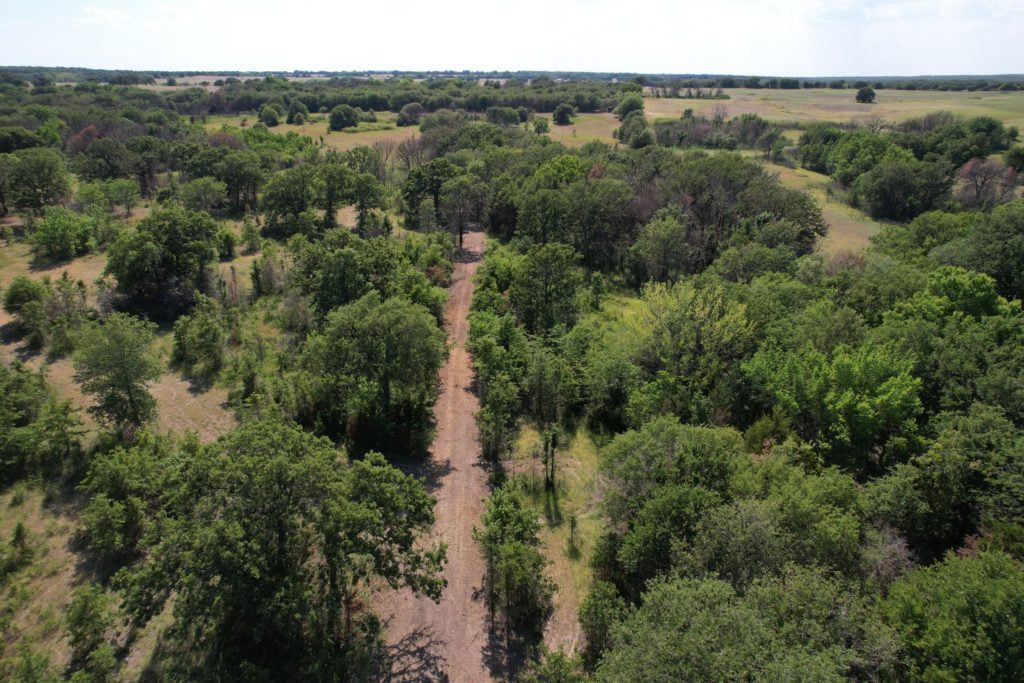
Achieving success in road construction demands a nuanced approach, considering various essential phases. From initial design to execution, involving land clearing, earthworks, paving, and quality control, each step contributes significantly to the security and stability of the constructed roads.
Going into more detail, meticulous planning precedes any project, involving thorough land-clearing activities such as trench digging, tree removal, and soil grading. Planning also includes a detailed cost analysis, scheduling considerations, and logistics management, ensuring the availability of necessary equipment, skilled labor, and reliable subcontractors. Further steps involve the application of durable asphalt coverings, ensuring longevity with vigilant oversight from stringent quality assurance measures.
In Dallas, TX, and its neighboring areas, Stewart Ranch Services offers a complimentary quote, marking the initial step toward the successful realization of your construction project.
Planning and Design
The commencement of road building in Dallas, Texas follows a systematic planning phase, a critical precursor to achieving successful outcomes. During this stage, crucial elements such as existing and anticipated traffic patterns, comprehensive cost-analysis data, design sketches, and financial requisites are taken into meticulous consideration. Notably, the engagement of civil engineers and city planners is integral to initiating a thorough planning process before delegating the project to the responsible construction company.
When undertaking road engineering projects, specific factors demand careful consideration, including the establishment of speed limits based on the types of vehicles expected to utilize the roads. Furthermore, the process includes angle grading, thorough evaluations of potential view obstructions, and the determination of requisite braking distances. These elements collectively prioritize safety standards aligned with the local community’s requirements, simultaneously enhancing the driving experience for road users.
Land Clearing and Site Preparation
Road building in Dallas, Texas demands meticulous land clearing and site preparation processes. This critical phase involves the removal of vegetation, trees, and various materials from the land before actual construction can take place. Grading and excavation are integral components, creating a level ground surface essential for proper drainage and preventing issues like potholes in the finished roads on farms or ranches.
The importance of land clearing extends to various construction projects, encompassing both buildings and roads. Land clearing tasks involve adding or removing rock, dirt, trees, soil, trenching, ground excavation, embankment construction, and filling placement.
Utilizing advanced equipment such as farm machinery, mini-excavators, and compact track loaders accelerates the land-clearing process while ensuring precision in height measurements during grading stages. This precision is crucial for shaping road locations efficiently.
Furthermore, the installation of culverts is imperative to address potential flooding, safeguarding against disruptions to productivity. These measures contribute to establishing high-quality access routes and connecting markets to local farmers’ lands seamlessly.
The use of advanced tools forms the foundation of an effective system for laying the groundwork in rural areas, ensuring safe car travel without encountering bumps caused by rainwater pools or insufficient underlying structures.
The application of paint on pavement and road markings
At the core of highway safety and efficiency lies the meticulous application of pavement markings, clearly indicating directions and lanes.
Tips for pavement and road marking:
Road marking regulations:
Adhering to the unique road marking regulations of each country is imperative for those involved in extensive road marking projects. The ability to paint various lines and symbols in accordance with these standards is crucial. Utilizing a multi-gun, multi-color setup, particularly a striper with automatic gun control, simplifies the process of creating precise broken lines.
Curb Marking:
Addressing the challenges of curb marking is a common hurdle in pavement marking projects. The 90° angle of curbs requires a specialized gun configuration for effective spraying, overcoming this frequent obstacle.
Reflective road marking:
Reflective road marking introduces an additional layer of complexity, demanding a special material with glass microspheres. The application of these microspheres requires specific equipment, such as the Graco Linelazer HP reflective series, equipped with a pressurized bead reservoir. This advanced system features an adjustable nozzle for precise control over the width of the microsphere dispersion, ensuring heightened accuracy.
Dallas Road Building - Farm to Market and Ranch Roads
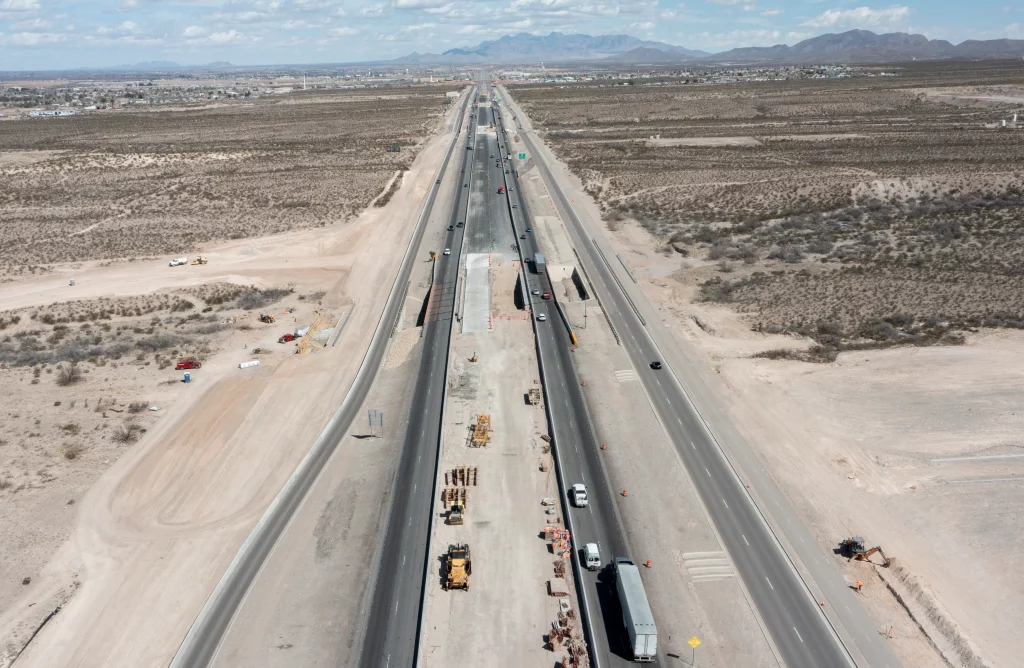
Farm roads serve a distinct purpose, connecting rural and urban areas while enabling the smooth movement of people and goods. However, constructing these roads involves intricate processes aimed at ensuring both safety and durability.
The initial step entails a comprehensive assessment of the terrain to design an optimal route, coupled with securing necessary permits from relevant authorities. Land clearing and soil preparation precede actual construction, laying the foundation for a robust road network.
Grading and paving are critical stages, with the choice between asphalt and concrete determined by project specifications. Incorporating drainage systems, constructing switchbacks, and implementing walls in hilly terrains are crucial aspects of the road-building process. Each step contributes significantly to the creation of secure and functional routes meeting local agricultural needs, including those of ranches.
Regular maintenance inspections are imperative for ongoing functionality, focusing on preserving the road’s good condition. Installing signage and features like gutter curbs plays a vital role in water control, particularly during periods of heavy traffic, preventing potential flooding.
Dallas Road Building - Sustainable Practices
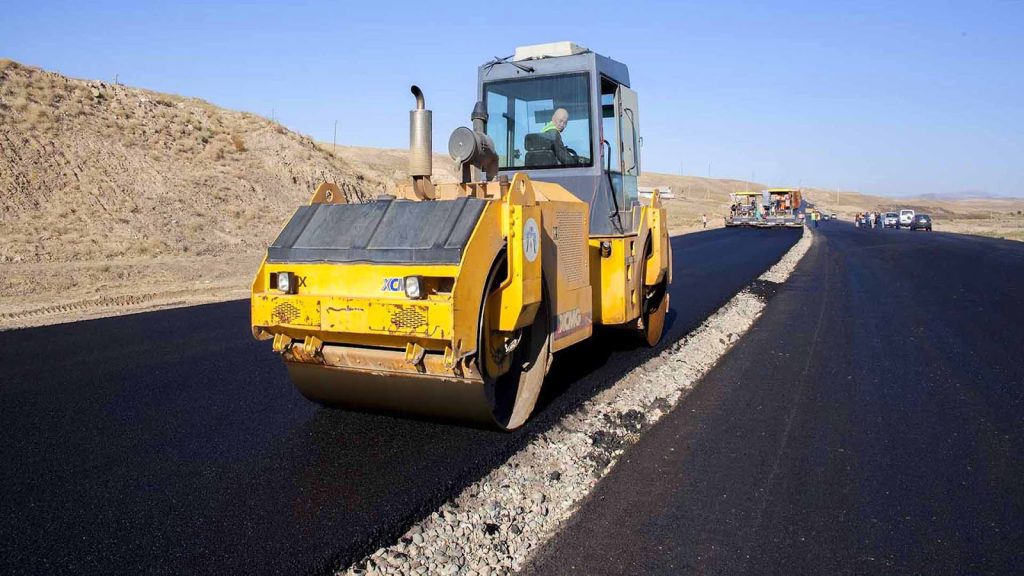
Road building in Dallas, Texas is faced with environmental concerns, so sustainable practices to reduce the impact are crucial. To meet these standards, it is necessary to utilize materials during production that have a reduced effect on the environment and that can decompose in an eco-friendly way.
Employing methods such as using recycled asphalt and concrete instead of new materials or designing durable products for longevity will help minimize the amount used while also cutting down maintenance costs. By implementing these measures into road construction processes now we’ll create more environmentally friendly options going forward.
Case Study: Successful Road Construction Project in Texas
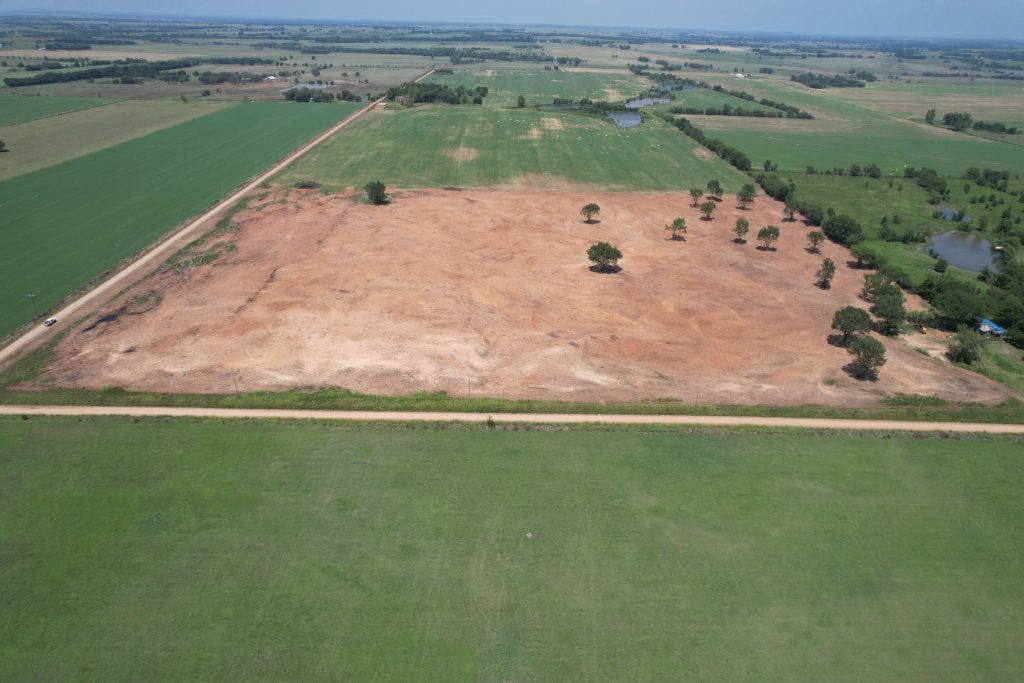
El Paso’s I-10 revitalization and expansion initiative serves as an excellent illustration of effectively managing the road construction process, akin to similar endeavors undertaken in Dallas and San Antonio.
Successful execution hinged on meticulous preparation for both budgetary considerations and project timelines. A pivotal element in ensuring triumph was the employment of seasoned personnel, committed to continuous training and unwavering adherence to safety protocols. The inclusion of state-of-the-art machinery played an equally crucial role, ensuring precision and accelerating completion times.
The success of this highway redevelopment underscores the importance of employing cutting-edge methods in roadwork, showcasing rewarding outcomes derived from purposeful planning, skilled labor, and advanced equipment deployment within the concrete landscape of Texas, particularly in the domain of highway construction.
Summary
Road construction has evolved remarkably from the use of mud bricks and stone in ancient civilizations to today’s advanced materials and machinery. Success in any project depends on meticulous planning and comprehensive site preparation.
In Dallas, road building has become increasingly crucial in our interconnected world. Prioritizing the construction of safe and durable roads, capable of lasting for generations, involves implementing best practices at every stage, including the careful sourcing of materials such as mud or any other necessary supplies.
Frequently Asked Questions
What is the meaning of road building?
The development of roadways frequently incorporates materials such as asphalt and concrete, sourced from mining locations that transport gravel to different plants for processing. These resources play a crucial role in Dallas road-building initiatives.
How do you build a road?
For successful Dallas road-building, meticulous steps are taken, starting with land clearing, grading, and subgrade work.
- Subgrade: During subgrade work, existing grass and topsoil are removed to establish a sturdy foundation for the road.
- Material types: Incorporating materials like road base, crushed concrete, screened gravel, and asphalt millings is crucial for constructing resilient roads.
Stewart Ranch Services is your go-to partner for Dallas Road Building projects, ensuring a thorough approach from initial land preparation to the final surface course for a durable road infrastructure.
